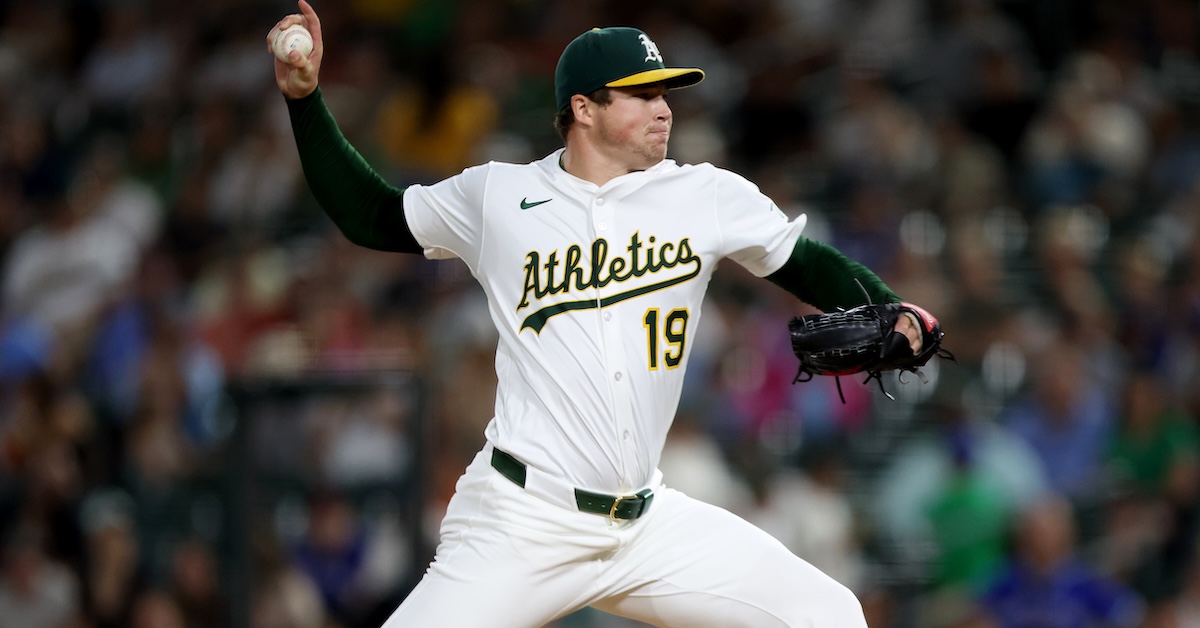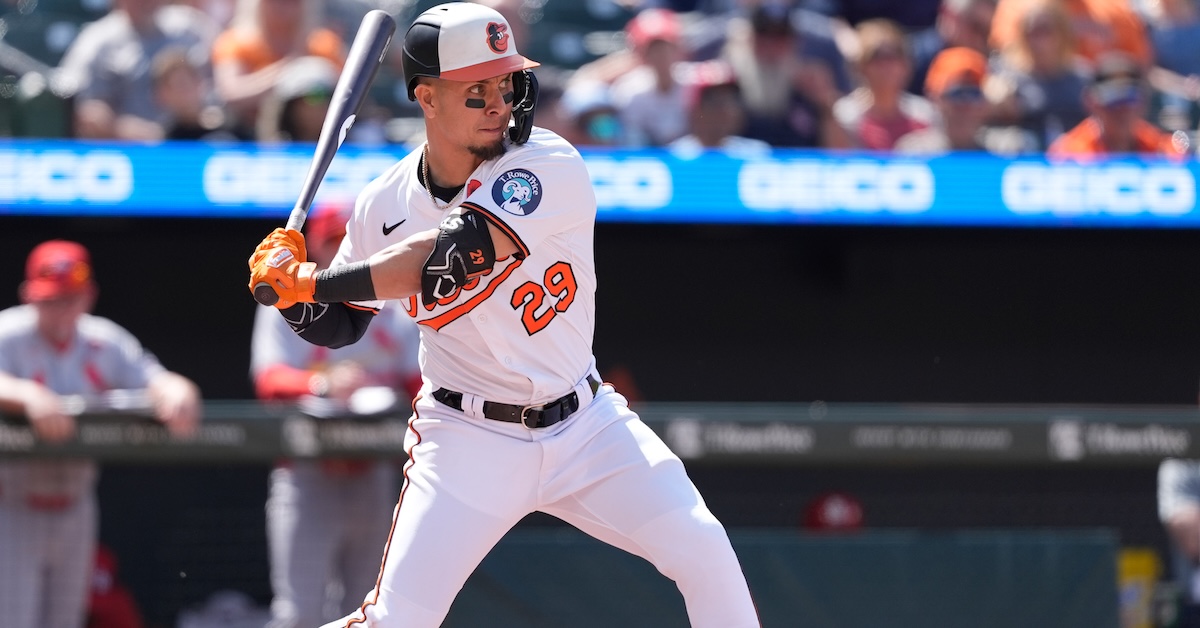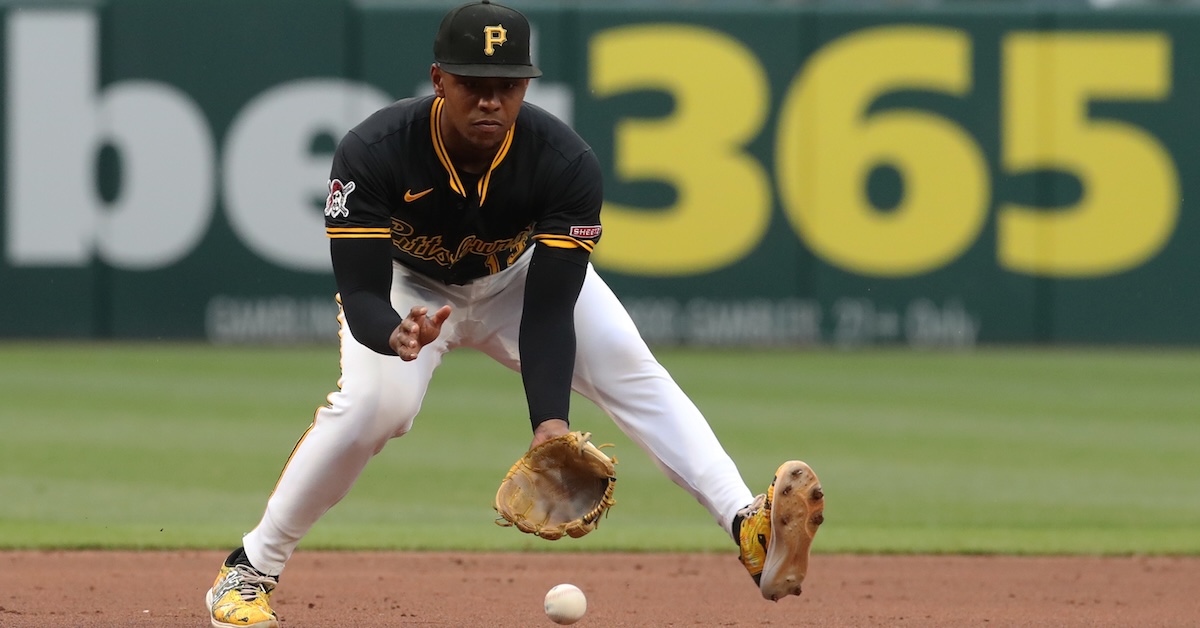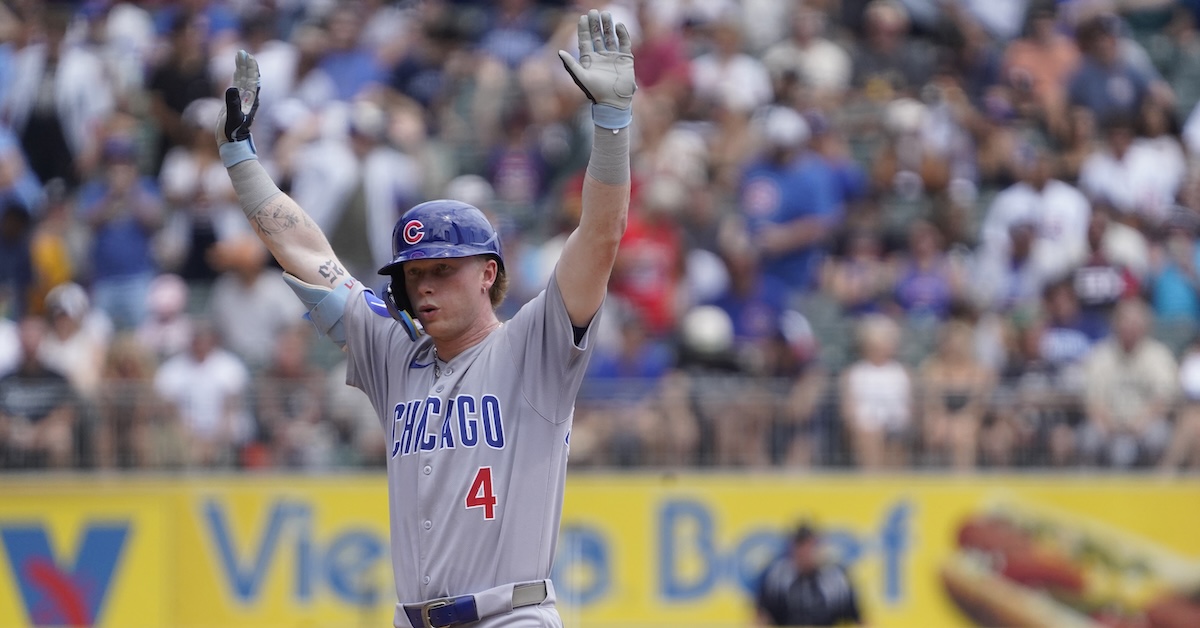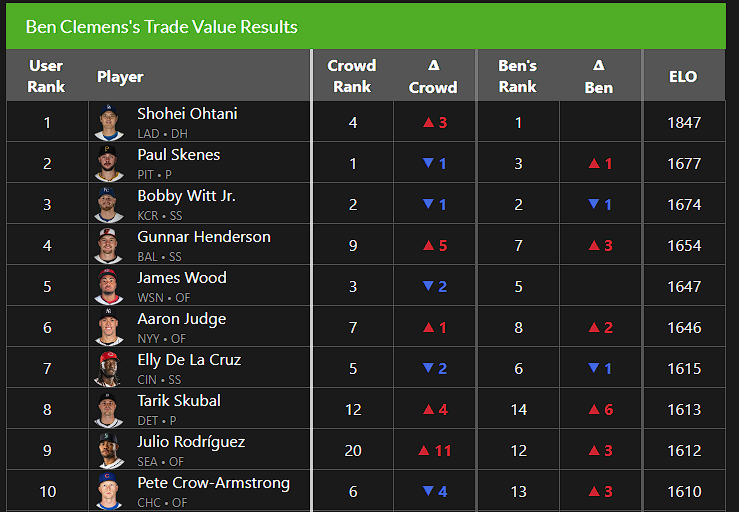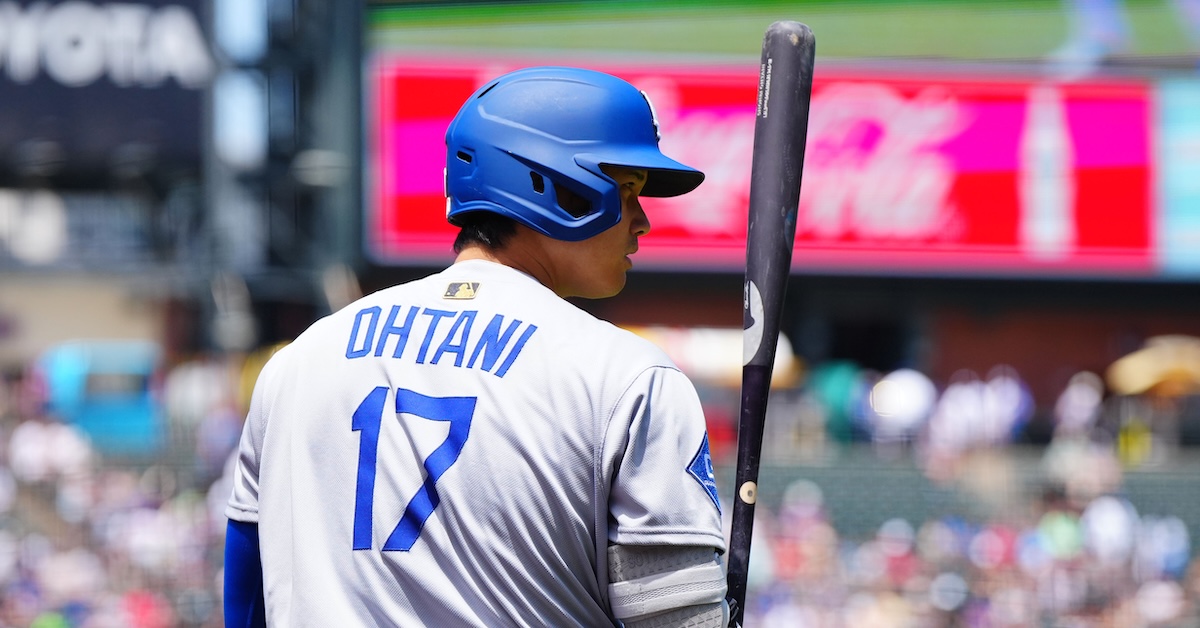Rangers Stock Up on Pitching With Merrill Kelly and a Pair of Relievers
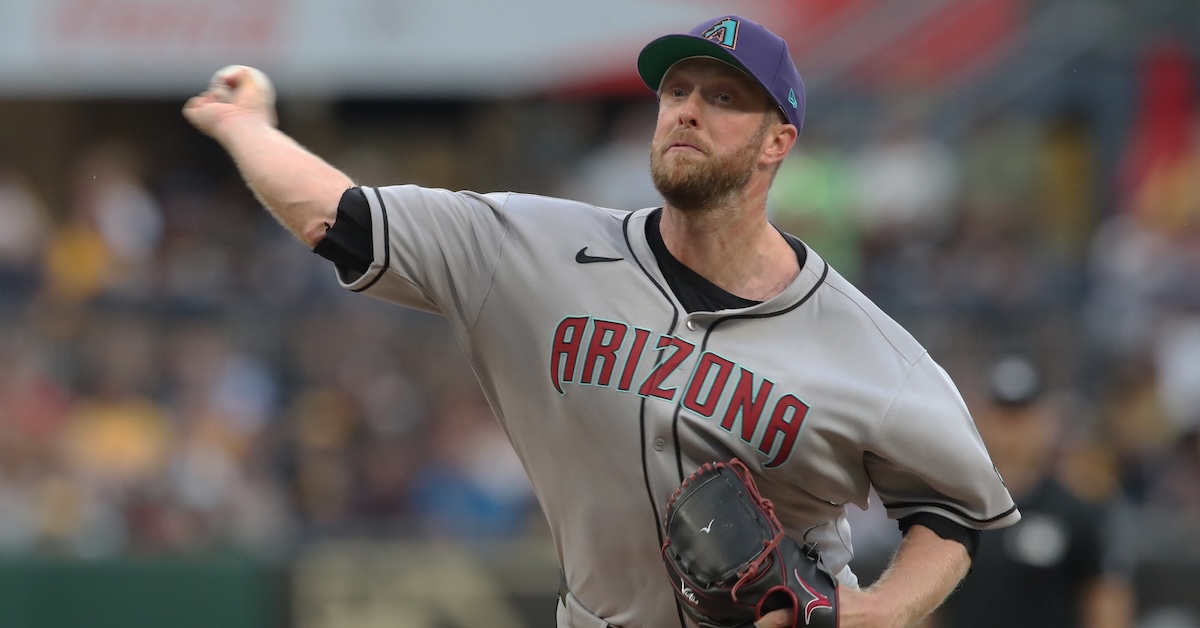
On June 30, the Rangers lost to fall to 41-44, 10th place in the American League. Then they turned it on. Since the calendar flipped to July, they’ve gone 16-8 and rocketed into the playoff picture. They’re tied with the Mariners for the last AL Wild Card spot. With their sights now set on thriving in October, they needed to reinforce a pitching staff that has been quite good up top but got shakier as you went down the depth chart, and the Diamondbacks were happy to oblige. As Ken Rosenthal first reported, the Rangers are getting Merrill Kelly in exchange for Kohl Drake, Mitch Bratt, and David Hagaman. They also acquired Danny Coulombe and Phil Maton in separate deals to shore up the middle of their bullpen.
Texas has a famous starting rotation. The two stars, Jacob deGrom and Nathan Eovaldi, need no introduction. Second on the team in innings, slightly ahead of Eovaldi? That’d be World Series winner Patrick Corbin, famous both for his high highs and low lows. The back of the rotation? Jack Leiter and Kumar Rocker, famous college teammates before they were famous prospect teammates. But Leiter and Rocker have been flat this year, and Corbin was bad enough for long enough that I’d be a little scared of counting on him. Tyler Mahle, another celebrated Rangers starter, has been out since June. Jon Gray is headed for free agency and has perhaps been banished to the bullpen for the remainder of 2025. And it’s not like deGrom has been the paragon of health over the last few years.
Kelly lengthens the playoff-ready portion of Texas’s rotation immediately. His career 3.74 ERA and 3.97 FIP are accurate representations of his work, as are his 22% strikeout rate and 7.4% walk rate. In other words, he’s a perfect mid-rotation arm, better than average (he’s managed a 3.22 ERA and 3.53 FIP this season) but squarely short of an ace. He’s 36 and a free agent after this year, which limits his return somewhat, but he’s a dependable playoff starter and thus a very desirable deadline target. Read the rest of this entry »

